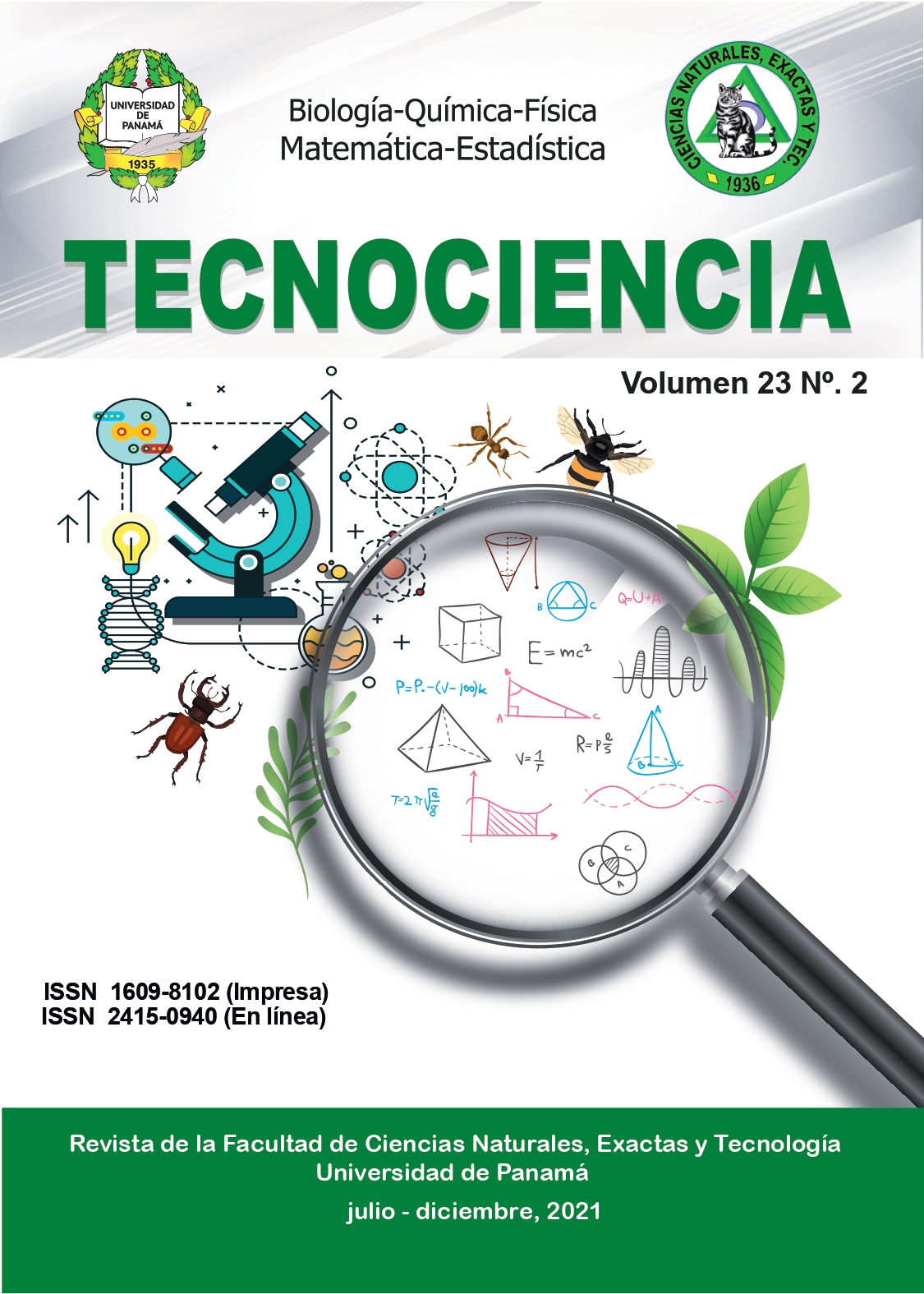References
Acosta, V., C. Lodeiros, W. Senior y G. Martínez. 2002. Niveles de Metales Pesados en Sedimentos Superficiales en Tres Zonas Litorales de Venezuela. Interciencia. Vol. 27º N 12.
Ahumada, R. 1992. Patrones de Distribución Espacial de Cr, Ni, Cu, Zn, Cd y Pb, en Sedimentos Superficiales de Bahía San Vicente Chile.Rev. Biol. Mar. Valparaíso. Vol. 27 (2): 265 - 282.
Amrouni-Bouaziz, O.; Souissi, R.; Barusseau, J.P.; Abdeljaoued, S.; Pauc, H.; Certain, R. 2007. Grain-size and morphodynamical state of the bay-of-Mahdia shoreface (Tunisia). Contribution to the assessment of coastal sensitivity. Geo-Eco-marina (Rumania). 13:5-19.
Bull, W. B. Relation of textural (CM) patterns to depositional environment of alluvial-fan deposits. J. Sed. Petrol. 32(2):211-216.
Folk, R. & W. Ward (1957), "Brazos river bar, a study in the significance of grain size parameters", Journal of Sedimentary Petrology, vol. 27, pp. 3-27.
Friedman, G. M. 1961. Distinction between dune, beach and river sands form their textural characteristics. J. Sed. Petrol. 31:514-529.
Gómez, J. A., M. V. Fuentes, O. Leone y C. A. Vega. 2006. Características Geoquímicas de los sedimentos superficiales de la Bahía de Panamá. Tecnociencia. Vol. 8 Nº 1, 113-132.
Guillén, J., A. Palanques. 1996. Short- and medium-term grain size changes in deltaic beaches (Ebro Delta, N W Mediterranean). Sedimentary Geology 101: 55-67
Holme, N.A. & A.D. McIntyre. 1971. Methods for the study of marine benthos. IBP Handbook No. 16. Blackwell Scientific Publications. 334 pp.
Krumbein, W. 1936a.Application of logarithmic moments to size precuency distributions of sediments. J.Sed. Petrol. 6(1): 35-37.
Krumbein, W. 1964b. some remarks on the phi notation. J. sed. Petrol. 34 (1): 195-197.
Martins, L. R. 2003. Recent sedimentos and grain-size analysis. Gravel 1:90-105.
Méndez, U., N., V Sous-Weiss & A. Carranza-Edwards. 1986. Importancia de la granulometría en la distribución de organismos bentónicos, estudio de playas del estado de Veracruz, México. Ciencias del Mar y Limnología, UNAM 45-56.
Olivas-Silva, R., M. De L. O. Villanueva, A. I. Villalba A. 1996. Estudio sedimentológico de la laguna costera el Soldado, Sonora México. Acta Oceanográfica del Pacífico. INOCAR 8 (1).
Parente M., L. 1998. Procesos costeros y balance sedimentario a lo largo de fortaleza (Ne-Brasil): Implicaciones para una gestión adecuada de la zona litoral. Tesis Doctoral. Universitat de Barcelona Facultat de Geologia Departament d´Estratigrafia i Paleontologia. 281 pp.
Passega, R. (1957), "Texture as characteristic of clastic deposition", Bulletin of the American Association of Petroleum Geologists, vol. 41, pp. 1948-1952.
Pedrín-Avilés, S., J. López-Martínez y P. García-Hinostro. 2012. Granulometría y materia orgánica de áreas pesqueras rastreables y no rastreables en la costa central de Sonora, México. Centro de Investigaciones Biológicas del Noroeste, S.C. y Fundación Produce Sonora, México, pp. 261-280.
Ponce-Calderón, M. E., M. de L. Olivo-Garrido, R. A. Ponce-Vásquez. 2016. Caracterización de un ambiente costero, sector Sabaneta de Palma en la Parroquia San José, Municipio Miranda, Estado Zulia. Terra Nueva Etapa, vol. 52: 41-69.
Ríos R. F., M. Cisternas V. 1998. Uso de parámetros sedimentológicos en el reconocimiento de ambientes hidrodinámicos en los canales y fiordos adyacentes a «Campos de Hielo Sur». Valparaíso, 26: 21-30.
Rodríguez R., N. G., G. Rendón M., I. Espeje, O. Jiménez O., M. L. Martínez V. 2014. Análisis de proveniencia de las arenas del complejo de dunas parabólicas El Socorro, Baja California, México, mediante una caracterización mineralógica y granulométrica. Bol. Soc. Geol. Mex vol.66.
Rubio-Polanía, J. C., Trujillo-Arcila C. A. 2013. Características granulométricas de los fondos blandos en un área de la bahía de Taganga (Colombia) influenciada por la instalación de refugios bentónicos. Rev. U.D.C.A Act. & Div. Cient. 16(1): 193 - 203, 2013.
Sahu, B. K. 1964. Depositional mechanisms from the size analysis of clastic sediments.J.Sed. Petrol. 34:73-83.
Santana, E. (2013). Características Granulométricas de los Cordones Litorales en Punta Fort Williams, Isla Greenwich, Península Antártica. Revista Tecnológica - ESPOL, 19(1).
Sheppard, F. P. (1954), "Nomenclature based on sand -silt- clay ratios", Journal of Sedimentary Petrology, vol. 24, no. 3, pp. 151-158.
Suguio, K. 1973. Introduçao à Sedimentologia. Editora Blucher/ Ed. Universidade de São Paulo. 317 pp.
Universidad de Panamá. 1974. Diccionario Geográfico de Panamá. Editorial Universitaria. 4 tomos.
Sánchez, A., E. Choumiline, B. E. López-Ortiz, S. Aguíñiga, L. Sánchez-Vargas, A. Romero-Guadarrama& D. Rodríguez-Meza. 2010. Patrón de transporte de sedimento en Bahía Magdalena, Baja California Sur, México, inferido del análisis de tendencias granulométricas. Lat. Am. J. Aquat. Res., 38(2): 167-177.
Visher, G.S. 1969.Grain size distribution and depositional processes. J. Sed. Petrol 39(/3):1074-1106.
Wentworth, C. 1936. Discusión: The methol of moments. J. sed. Petrol. 6(3): 158-159.

